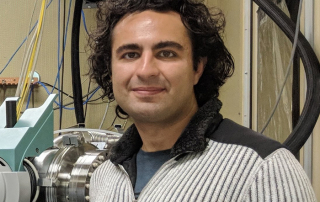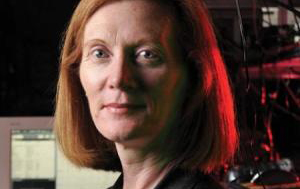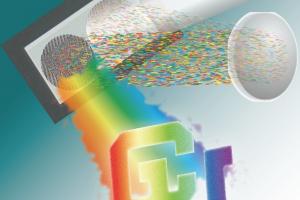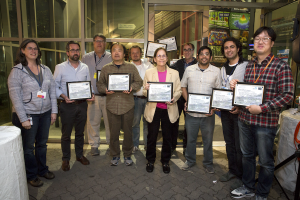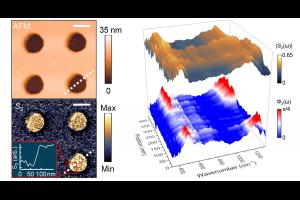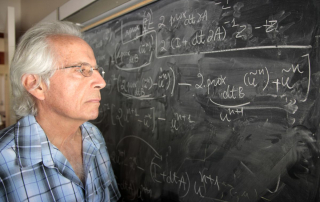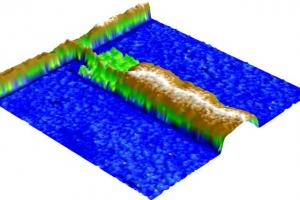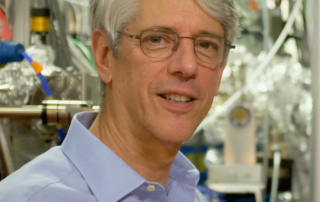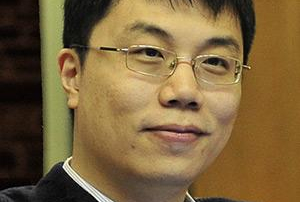Congrats to Kasra Nowrouzi for Receiving the Spot Award from Lawrence Berkeley National Lab
Spot Award Purpose: The purpose of the Spot Recognition Award program is to acknowledge and reward outstanding individual and/or team workplace contributions that occur on a day-to-day basis. (For safety-related recognition, please see the Safety Spot Award Program Guidelines). Contributions should impact the quality, cost, service, safety, or resource utilization of an organizational unit, team, or department.
